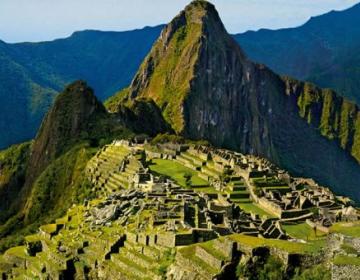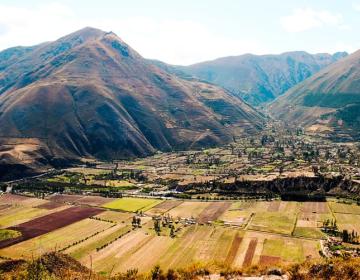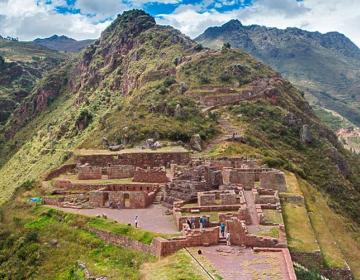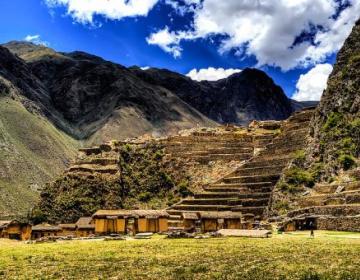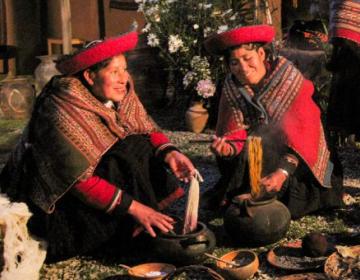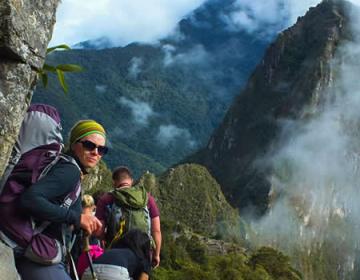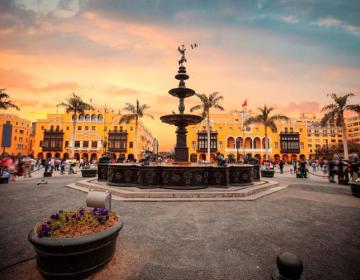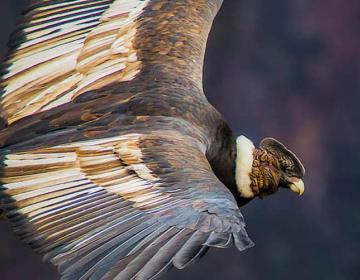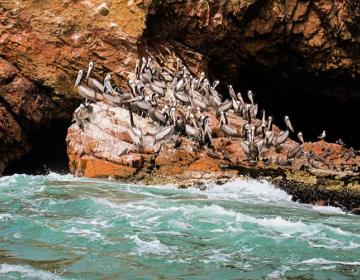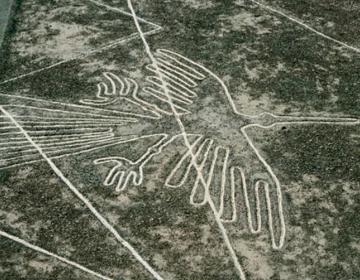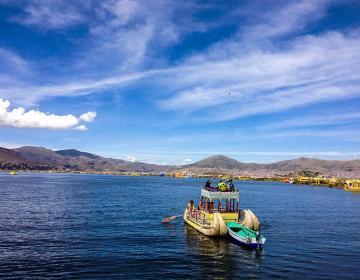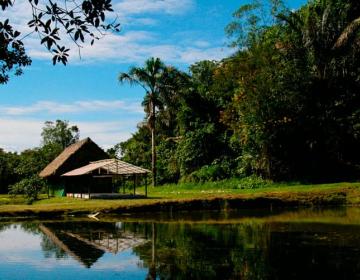Machu Picchu was built around 1460, at the height of the Inca Empire. It was abandoned about 100 years. It is likely that most of its inhabitants were wiped out by smallpox before the Spanish conquistadores arrived in the area and there is no record…
The Sacred Valley of the Incas is a valley in the Andes of Peru, close to the Inca capital of Cusco. The Valley is generally understood to include everything between Písac and Ollantaytambo, parallel to the Urubamba River, or Vilcanota River or…
Písac is a Peruvian village in the Sacred Valley on the Urubamba River. The village is well-known for its market every Sunday, Tuesday, and Thursday, an event which attracts heavy tourist traffic from nearby Cusco. One of its more notable features…
Ollantaytambo is a town and an Inca archaeological site in southern Peru about 60 kilometers northwest of the city of Cusco. It is 2,792 meters above sea level in the district of Ollantaytambo in the province of Urubamba in the Cusco region. During…
Chinchero also known as The Rainbow City is located 28 km. northwest of the city of Cusco. It is at an elevation of over 3160 meters and is flanked by the snow capped peaks of Salkantay, Veronica and Soray. The view from Chincheros is breathtaking.…
Part of the 23,000 kilometers (approximately 14,000 miles) of roads built by the Incas in South America, this is Peru’s most famous trekking route and possibly one of the most spectacular in the Americas. Every year; some 25,000 hikers from around…
Lima is the capital and largest city of Peru. It is located in the valleys of the Chillón, Rímac and Lurín rivers, on a coast overlooking the Pacific Ocean. It forms a contiguous urban area with the seaport of Callao.Lima was founded by Spanish…
Colca Canyon is a canyon of the Colca River in southern Peru. It is located about 100 miles (160 kilometers) northwest of Arequipa. It is more than twice as deep as the Grand Canyon in the United States. However, the canyon’s walls are not as…
Paracas National Reserve is the only coastal marine reserve that includes a portion of the Pacific Ocean within its borders. It features unique flora and fauna species and is a haven to a variety of migratory bird species. The reserve is recognized…
The Nazca lines are a series of geoglyphs located in the Nazca Desert, a high arid plateau that stretches more than 80 km (50 miles) between the towns of Nazca and Palpa on the Pampas de Jumana in Peru. Although some local geoglyphs resemble Paracas…
Puno is a city in southeastern Peru, located on the shore of Titicaca lake, the world’s highest navigable lake, at 3,860 m (12,421 ft) above sea level. It is also the capital and largest city of the Puno Region and the Puno Province. The city was…
Iquitos is a city in the Peruvian rainforest, is the capital of Loreto Region and the province of Maynas, Iquitos is located on the banks of the Amazon River, is now a major port in the Amazon Rainforest Basin, this city can be reached by boat or…

